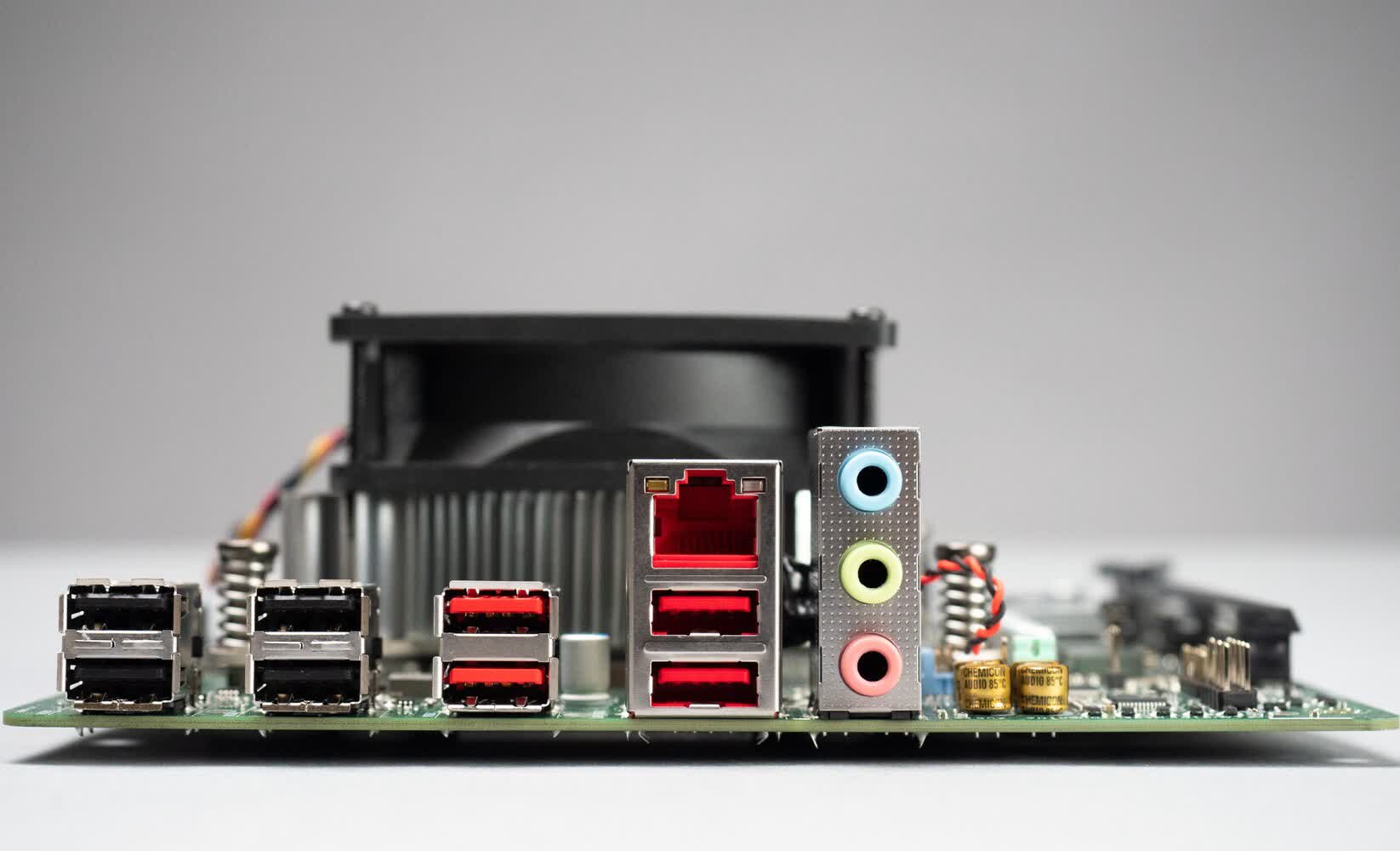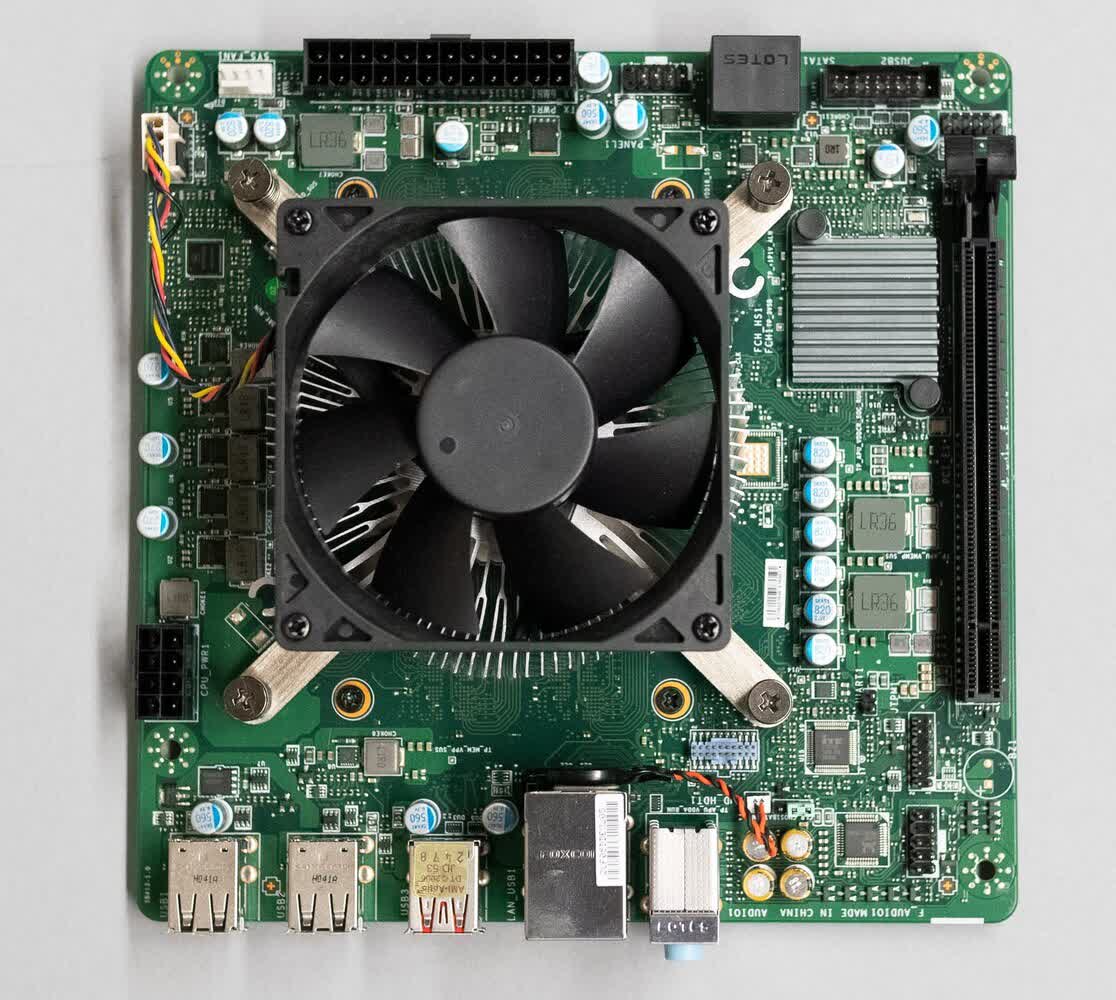In context: A few weeks ago, AMD quietly began selling the 4700S desktop kit, a little bag of hardware that’s believed to be based on the PlayStation 5's processor. CPU-Z recognizes the 4700S as a Ryzen processor, although AMD doesn’t officially market it that way. On AMD’s website, it’s listed as an 8-core, 16-thread chip based on the Zen 2 architecture.

The AMD 4700S kit comes embedded on a small motherboard, which can pack 8 GB or 16 GB of GDDR6 memory soldered onto it. A reviewer found it's designed to clock up to 3.2 GHz and the memory runs at 14 Gbps. The kit also comes with a cooler similar to AMD’s Wraith Stealth. Unfortunately, the motherboard is a bit of a bottleneck.
The sole PCIe x16 expansion slot has just four lanes of Gen2 bandwidth, limiting it to low-end GPUs. AMD recommends the RX 550 and lists the RX 590 and GTX 1060 as the most powerful cards supported by the kit.
Sony PlayStation 5 (Ariel) vs AMD 4700S Desktop Kit (image: @iFixit & @bodnara) pic.twitter.com/7bAK12l0jh
— Andreas Schilling (@aschilling) July 2, 2021
Ariel, the PS5’s SoC, shares a driver and most of its specifications with the 4700S. It has the same eight cores, but slightly higher clock speeds. It’s similarly connected to 16 GB of GDDR6 memory. And, if it were to be connected to a discrete GPU, it would likewise have restricted bandwidth because it wasn’t designed to accommodate add-in cards.
When asked if the 4700S used rebranded or modified PS5 hardware, AMD told Tom’s Hardware that the "4700S Desktop Kit is its own unique solution, designed to address the desire for robust, high-core count performance in the mainstream market."

A leading theory is that defective Ariel chips are being recycled into 4700S chips. Presumably, there’s something wrong with Ariel’s integrated GPU inside the 4700S, or it can’t sustain the same clock speeds or is too thermally inefficient. Alternate theories suggest that the 4700S is a prototype of Ariel or a design made with a different integrated GPU in mind.
Whatever its heritage, the 4700S is here now. "We expect to see over 80 designs come to market from our SI partners beginning on June 24," AMD recently said. "Prices of these systems will be announced by our SI partners in due course." At the moment, 4700S kits and systems are only being sold in Asia, but AMD hasn’t indicated that that will be the permanent state of affairs.
https://www.techspot.com/news/90379-amd-80-system-designs-unofficially-using-ps5-hardware.html